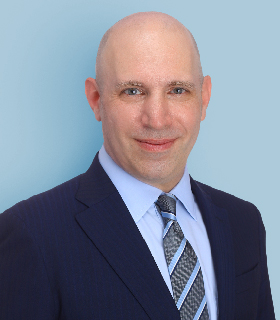Podcast
Episode 86: The Future of Workplace Design
What’s the future workplace look like post-pandemic? And how can we create a compelling reason for employees to return to the physical office? This episode explores these questions while challenging traditional ideas and assumptions we have about the concept of workspace.
Jeremy Myerson is a futurist and thought leader on work and the workplace. He is a founder of WORKTECH Academy and the co-author of the book Unworking: The Reinvention of the Modern Officewhich offers a panoramic view of the office and explores what happens next in the world of work.
If you enjoy the show, please rate it on Spotify. Your rating helps more people like you discover the podcast!
Episode Highlights
Jeremy’s view on the greatest unmet wellbeing need at work today
"I think it is a recognition of stress. And stress is caused by management demands, a failure to prioritize on behalf of the worker unreasonable deadlines, unfavorable working conditions. That could be noise in the office or poor lighting, or, an inaccessible location which takes a terrible commute. All of these things cause stress. Psychological stress. It is really the number one target in my view for well being there are others.
If we can reduce stress, then we're in a position to to move in the other direction towards worker wellbeing, satisfaction, and performance enhancement.
And the sad thing about the pandemic is that in the early stages, there was a honeymoon period where people thought, "Oh, I'm spending more time with my family, and I'm being quite efficient. And then workers around the world...started working longer hours, instead of trading the commute for family time, they traded the commute time for taking calls in the evening, [and] doing Zoom after supper. And they started work working longer and longer and longer hours. And that then creates stress.
Because in one place, you're trying to balance work and life. That creates stress. So what we need is a much more balanced scorecard where we work at home a bit in the main office a bit in other venues for work, we vary all week, we balanced things, and we try and keep the stress down.
When when designers were really developing the the the basic principles and ideas of office space planning and design that we've seen over the last 60-70 years, they were talking about physical comfort or functional comfort. The kinds of spaces and places that will let you work effectively. Now, the challenge is, is not physical safety in most offices of physically safe, you're not going to poke an eye out, you're not going to you're not going to freeze to death, but there are they psychologically safe, and psychological comfort and psychological safety.
So how do we feel about work? Do we feel trusted? And what's our identity within the team? What's our relationship with your with the employer? These are the big issues. Am I enabled to do the work I want to do? These are the big issues around psychological safety and psychological comfort. That's what design has got to address."
What “working with humans” means to Jeremy
“I like the phrase working with humans, because it means a kind of human-centric office.
And, if you look at the history of workplace, [it] has 100 year history, going from the early 1920s to the early 2020s. We've had the systems-centric workplace. So we've had systems at work. We've had policies at work, we've had organizations at work, and we've had computers at work. Have we had humans at work? I'm not sure we have.
Maybe that's the next phase that the human-centric workplace. And it comes back to...participatory design, treating the worker as a consumer of workplace and all the decisions the flow from that.”
Resources
Follow: Jeremy on LinkedIn
Read: Unworking: The Reinvention of the Modern Office
Visit: WORKTECH Academy and WORKTECH Events

